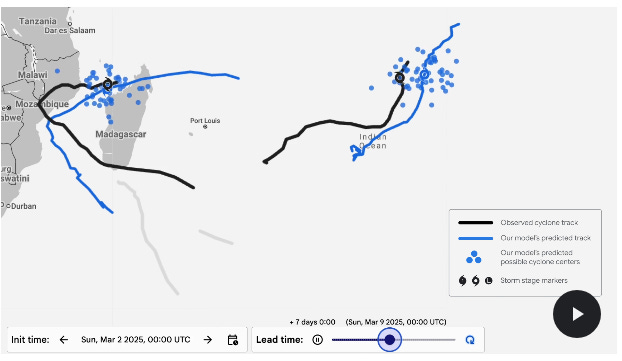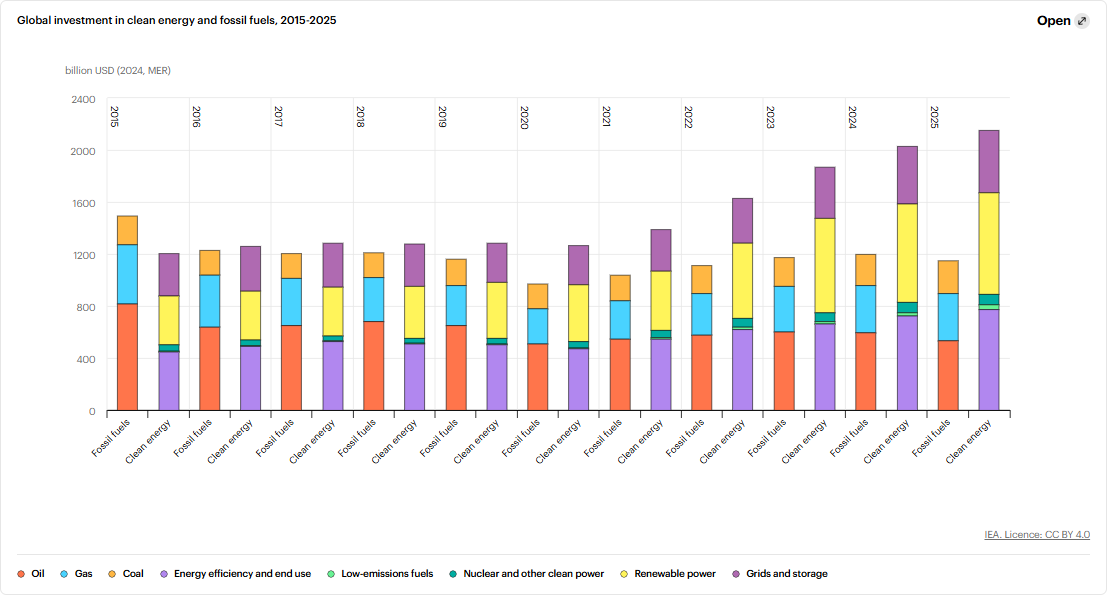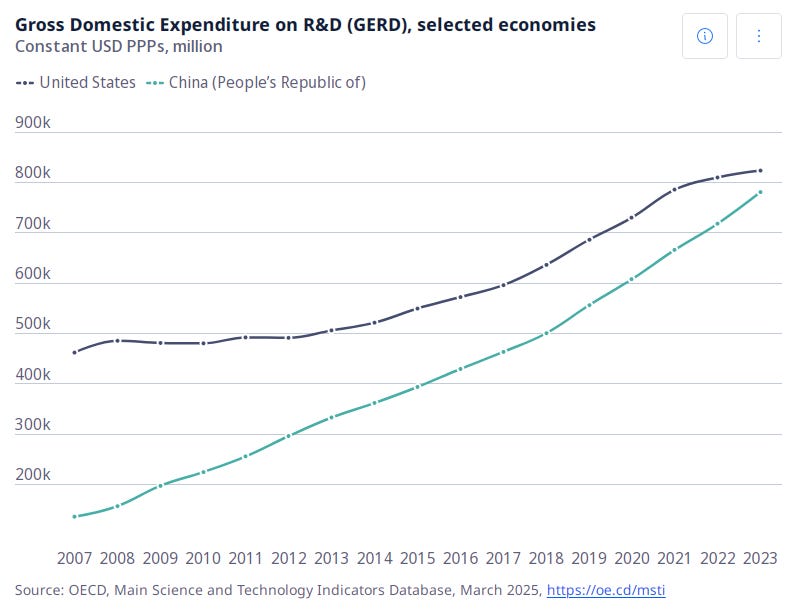Welcome to Binary Circuits’ 26th weekly edition
Your weekly guide to most important developments in technological world
Dear Readers,
Binary Circuit investigates trends, technology, and how organizations might profit from rapid innovation. GreenLight, the brain behind Binary Circuit, finds possibilities, analyzes challenges, and develops plans to fit and grow firms to stay ahead. Looking to scale your business, partners, or AI/technology integration.
This week, we discuss by enabling China to draw in top scientific minds through shifts in U.S. policies, a global talent reshuffling is unfolding and also how AI-driven weather forecasting begins to gain significant momentum.
How U.S. policies are helping China to attract the best scientific talent?
As the U.S. becomes less hospitable to international talent and restricts access to its research operations, China is offering an attractive alternative.
In February, the Trump administration cut over $1.5 billion from the NIH budget, putting critical research at risk. Chinese scientists were also labeled as security risks.
China, by contrast, has been proactive.
Between 2010 and 2021, nearly 12,500 scientists of Chinese descent left the United States for China, with more than half departing between 2017 and 2021 alone. Once, nearly 87% of Chinese STEM PhDs in the U.S. stayed on; now, an increasing number are returning—lured by the promise of generous funding and rising prestige at institutions like Tsinghua, Zhejiang, and Westlake University.
This reversal of brain drain could spark a new era of global talent wars not just for talent, but for talent retention.
China has turned U.S. policy into a strategic advantage.
Local governments are offering generous financial incentives and benefits to attract researchers. For example: Gulin County (Sichuan) offers PhD holders a lump sum of 300,000 yuan and a monthly stipend. Taizhou (Zhejiang) provides up to 100,000 yuan for university graduates to relocate. Hunan province offers up to 1 million yuan to doctoral graduates returning from abroad.
According to the OECD, China’s gross domestic expenditure on R&D (GERD) reached $780.7 billion in 2023, nearly equal to the U.S. total of $823.4 billion. With China growing at 8.7% annually and the U.S. lagging at 1.7%, China is poised to take the global lead in real terms.
China’s domestic talent base is maturing.
Companies like DeepSeek, which built advanced AI models using teams from Chinese universities, highlight a growing confidence that world-class innovation can emerge from within. The old narrative where “foreign” equaled superior is fading. If China continues to offer competitive incentives, stable funding, and scientific autonomy, it could become a top notch center for scientific talent.
Will the U.S. rethink their R&D policies to retain and attract top scientific talent? Or will they allow geopolitical anxieties and fiscal shortfalls to erode their scientific edge?
AI-driven weather forecasting is picking up momentum
Weather forecasting has seen meaningful progress over the last few decades. For example, a five-day forecast now is as reliable as a three-day forecast was in 2000. In the U.S. alone, an estimated one-third of GDP—roughly $3 trillion—is sensitive to weather variability.
Earlier weather prediction is based on physics-based numerical models powered by supercomputers. Key global forecasting systems include the U.S. Global Forecast System (GFS) and Europe’s ECMWF model. While the ECMWF is generally regarded as more accurate due to its finer resolution (9 km vs. GFS’s 13 km), it also requires greater computing power and is not as widely accessible as the GFS.
As climate volatility intensifies, the demand for timely, localized, and cost-effective forecasts is expected to grow. However, the sector is undergoing structural disruption, driven by advances in artificial intelligence.
Aardvark Weather, an AI-based system from the University of Cambridge, supported by the Alan Turing Institute, Microsoft, and ECMWF, outperforms the U.S. GFS model on several metrics using just 10% of the input data.
Major technology firms are also entering the space. Microsoft developed a weather forecasting model that makes its predictions using artificial intelligence. Google, Nvidia and Huawei are also doing the same. Google DeepMind has introduced GraphCast, an AI model now being used operationally by government forecasters. Recently they have launched Weather Lab, an interactive platform showcasing their AI weather models and is capable of tracking hurricanes up to 15 days in advance predicting both trajectory and intensity.

AI also addresses longstanding pain points in meteorology. Traditional models struggle with hyper-local forecasts due to resolution limits and computational constraints. Nvidia’s CorrDiff can upscale coarse simulations into high-resolution outputs with reduced energy and less time.
Similarly, rainfall prediction in the tropics was not easy due to limited observational infrastructure and complex atmospheric dynamics but it’s seeing improvements through AI.
ECMWF, the Hong Kong Observatory, and startups like Ignitia are deploying machine learning to improve short-term precipitation forecasts in equatorial regions.
Subseasonal forecasts are critical for agriculture, disaster preparedness, and energy markets but suffer predictability issues. A model developed by Fudan University helps in predicting the Madden-Julian Oscillation, a key atmospheric driver of weather variability.
AI is catalyzing a foundational transformation in weather forecasting. As accuracy improves and costs decline, AI-powered forecasting could become a key enabler of resilience and efficiency in an increasingly volatile climate economy.
Chart of the week
Clean energy investment in 2025 will be twice as much money going to fossil fuels: IEA
Despite global uncertainty, energy investment is set to hit a record $3.3 trillion in 2025. Clean energy is taking the lead with twice the amount going to fossil fuels ie., ~$2.2 trillion. Solar falls in the largest single investment category.
China is by far the largest energy investor globally, spending almost as much as the EU and United States combined. Over the past decade, the country's share of global clean energy investment has increased from 25% to nearly 33%, underpinned by strategic investments in solar, wind, hydropower, nuclear, battery storage and electric vehicles.



